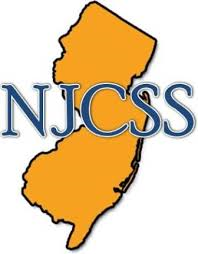The City, by Deborah Stevenson
Review by Thomas Hansen
Deborah Stevenson presents here an in-depth philosophical and sociological portrait of global cities and their changing nature. As many cities change—from Chicago to Mumbai—millions of people are impacted by the altered spaces, increased costs, morphing purposes, and altered neighborhoods that are part of the transformed blocks and buildings we call cities.

Stevenson presents mesmerizing images of how cities change, the difference between daylight and nighttime commerce, and the role of the city in providing a playground for alternative and anonymous persons. One interesting note is that many people fill up the cities at night, coming to town to drink and carouse and then abandoning the cities once again in the wee hours. The city has many roles and many functions indeed.
Currently, most people live in cities, and therefore they work, eat, shop, travel within a space apart from rural areas where most of the food is produced on this planet. This disconnect is something very important to consider. The author is informed and shares information from others who can help describe the city and explain it.
The author gives us a great deal to think about and draws on experts in other fields who contribute to the study of urban spaces. Part of the “Key Concepts” series from this publisher—there are about three dozen titles currently—this book draws upon a variety of schools, fields, and frameworks (p. 3). Stevenson makes good use of all the fields and how they connect to sociology. Stevenson also gives alternative views of urban sociology a chance (pp. 12-14) and incorporates other perspectives as she profiles the city.
Among other interesting concepts the author presents here is the notion of the “Trojan Horse of gentrification (p. 46).” Certainly in many cities there are many cases of upheaval when neighborhoods change. I think personally of Chicago and how families are in shock as their spaces are destroyed, rearranged, removed, refashioned, and otherwise conquered by others.
I think of a friend who said recently, “Look what they did to my room!” He was referring to a small basement space in a one-bedroom apartment which through gut rehabbing had been turned into a two-bedroom condominium. His room had disappeared—had turned into part of a new living room. It is radical change—and the huge impact of the city upon its people—that needs to be studied and recorded in books such as these.
The text has several uses for educators. For example, social studies teachers can use it as background reading for recent historical information about immigration, movements toward cities, and the changing face of the metropolis. In addition, there are implications for its use in a variety of advanced high school courses as a resource for students doing projects on spaces, the environment, financial investments, banking, and global issues, patterns, and problems.
The book could also be used in various college courses as recommended or additional reading for giving students more information on “spaces” and also for talking about the “progress” of gentrification. The disconnect between dwelling in the city and producing food in the country, the policies generated in the city far from the fields of food production, the loss of intimate spaces within cities, and the anonymous and entertaining aspects of the city at night are all interesting themes to explore in student reports and in further expert research. All of the above positive things being said, the book is theoretical in tone and sometimes dense reading. The difficulty level should be considered if it is to be used in classes for students in high school or for lower undergraduate courses.
